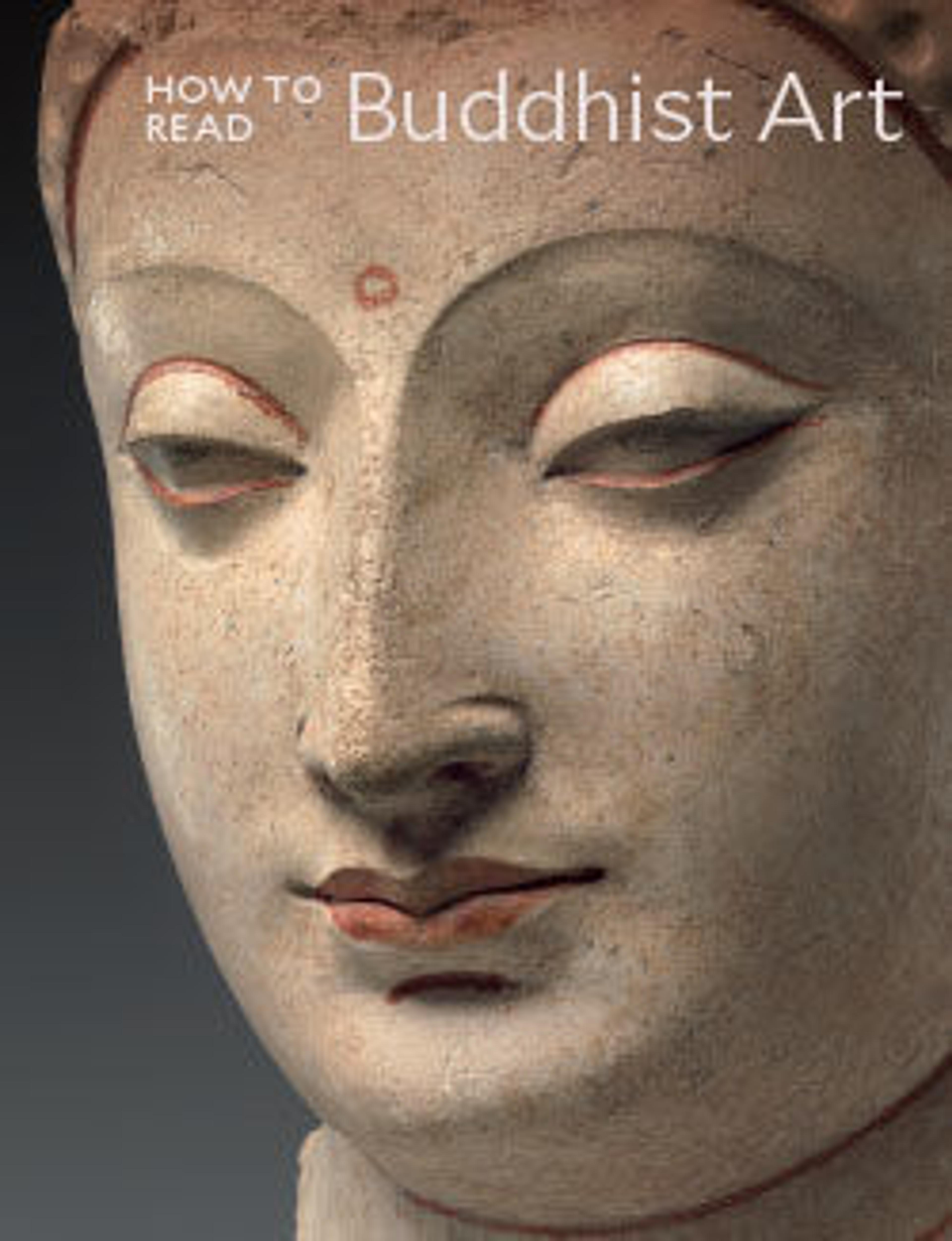Jizō, Bodhisattva of the Earth Store (Kshitigarbha)
The bodhisattva who relieves those suffering in hell, Jizō Bosatsu (Sanskrit: Bodhisattva Ksitigarbha) attends Amida Buddha as he delivers the pious to the Western Paradise and answers the prayers of all living beings. He is represented here in his usual attitude, with a shaved head and wearing the robes of a Buddhist monk. His right hand grasps a staff (shakujō), which he shakes to awaken humans from their delusions; his left hand most likely held a wish-granting jewel (hōju no tama), signifying the bestowal of blessings.
An inscription on the interior of the figure identifies this as a work by Kaikei, one of the two leading sculptors of the early Kamakura period.
An inscription on the interior of the figure identifies this as a work by Kaikei, one of the two leading sculptors of the early Kamakura period.
Artwork Details
- 快慶作 地蔵菩薩立像
- Title:Jizō, Bodhisattva of the Earth Store (Kshitigarbha)
- Artist:Kaikei (Japanese, active 1183–1223)
- Period:Kamakura period (1185–1333)
- Date:ca. 1202
- Culture:Japan
- Medium:Lacquered Japanese cypress, color, gold, cut gold, and inlaid crystal
- Dimensions:H. 22 in. (55.9 cm); W. 6 3/4 in. (17.1 cm); D. 6 3/4 in. (17.1 cm); Diam. of base 6 3/4 in. (17.1 cm)
- Classification:Sculpture
- Credit Line:Mary Griggs Burke Collection, Gift of the Mary and Jackson Burke Foundation, 2015
- Object Number:2015.300.250a, b
- Curatorial Department: Asian Art
More Artwork
Research Resources
The Met provides unparalleled resources for research and welcomes an international community of students and scholars. The Met's Open Access API is where creators and researchers can connect to the The Met collection. Open Access data and public domain images are available for unrestricted commercial and noncommercial use without permission or fee.
To request images under copyright and other restrictions, please use this Image Request form.
Feedback
We continue to research and examine historical and cultural context for objects in The Met collection. If you have comments or questions about this object record, please contact us using the form below. The Museum looks forward to receiving your comments.
